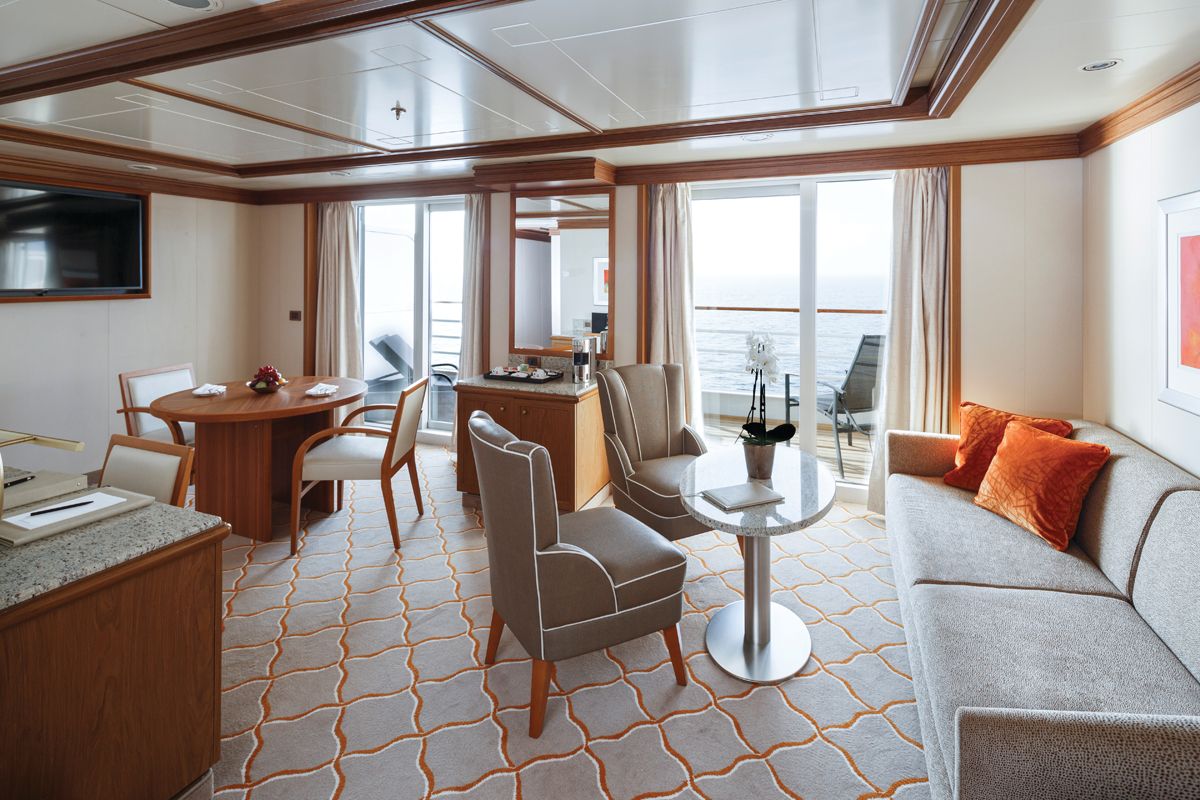

Go beyond your boundaries and explore the world as never before.
Mossel Bay's main attractions are an excellent museum complex; several beautiful historic stone buildings (some of which are exceptionally well preserved); some of the best oysters along the coast; excellent golf; and good beaches with safe, secluded swimming. The area has some of the only north-facing (read: sunniest) beaches in South Africa, which means it's very popular with local families and is always packed in December. Dolphins—sometimes hundreds at a time—frequently move through the bay in search of food, and whales swim past during their annual migration (July–October). You could take a cruise out to Seal Island, home to a breeding colony of more than 2,000 Cape fur seals or, if you're feeling brave, a cage dive to view the numerous white sharks (blue pointers) that hang around the seal colony.
Maputo, formerly Portuguese-ruled Lourenço Marques, is the laid-back capital, an incongruous mix of palm-lined streets, an elegant promenade with ritzy villas, and once-grand colonial buildings—which often sit side-by-side with shanties and concrete, Soviet-style buildings dating back to the 1950s, when Russia and Cuba had a finger in the political pie here. An economic upturn since the end of the civil war in the late '90s has brought new investment in infrastructure, and buildings are rising at a fast pace, especially near the port. From night markets and busy bars to informal eateries and classy restaurants, Maputo is known for its vibrant nightlife. The vibe here is decidedly urban and centered out of doors, with sophisticated dining, convivial cafés and bars, and plenty of live music. Check with your concierge or tour guide for the best and safest places.
Forty kilometers (25 miles) northeast of Mahé, Praslin is just a 15-minute flight or 45-minute ferry ride away. Praslin, at 11 km (7 miles) long and 4 km (2.5 miles) wide, is the second-largest island in the Seychelles. First settled as a hideaway by pirates and Arab merchants, the island's original name, Isle de Palmes, bears testament to its reputation as home of the Vallée de Mai UNESCO World Heritage Site: the only place in the world where the famous Coco de Mer, the world's heaviest nut, grows abundantly in the wild. Praslin's endemic palm forests shelter many rare species, and the island is a major bird-watching destination. Surrounded by a coral reef, majestic bays, and gorgeous beaches, Praslin is much quieter and less developed than Mahé. With few real "sights," the pleasures of Praslin largely involve relaxing in or exploring its stunning beaches and fantastical forests.
La Digue is the fourth largest inhabited island of the Seychelles (though only 5 km [3 miles] long and 3 km [2 miles] wide), and the real deal when it comes to a laid-back tropical paradise. Only 6.4 km (4 miles) from Praslin (about a 15- to 30-minute ferry ride) and 43 km (27 miles) from Mahé, little la Digue nonetheless feels a world away. With no natural harbor, La Digue is protected by a coral reef, which, together with masses of colossal pink granite boulders, encircle and protect the island. Streets here hum the quiet rhythm of local life: a melody of ox-carts and bicycles, paths shaded by flowers and lush vegetation, and old colonial-style houses that speak of times past. Named in 1768 after a ship in the fleet of French explorer Marc-Joseph Marion du Fresne, La Digue's economic mainstays used to be vanilla and coconut oil. The island's fabulous beaches, lush interior, and colonial charm have made tourism its number-one industry today. The island's population of about 2,000 mostly reside in the west coast villages of La Réunion and La Passe.
World Cruise Finder's suites are some of the most spacious in luxury cruising.
Request a Quote - guests who book early are rewarded with the best fares and ability to select their desired suite.












